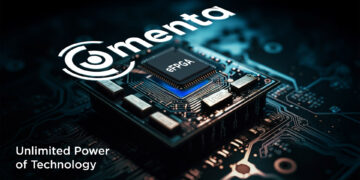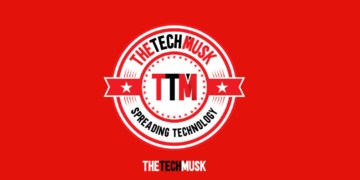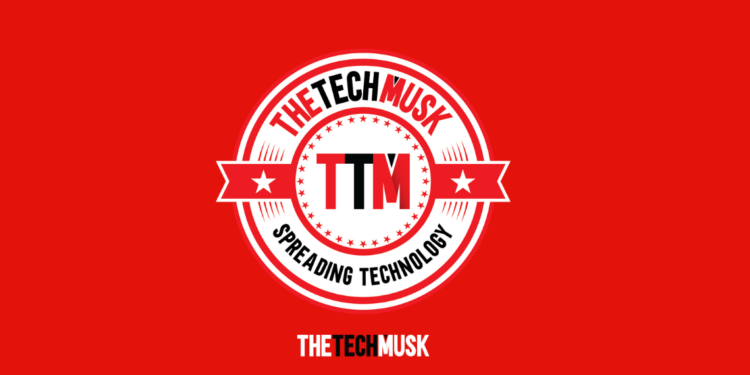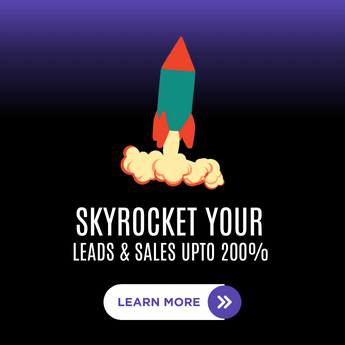Deploying applications in containers has proven to be an excellent way to build software. Not only does it ensure your software performs more accurately, but it has also reduced a lot of repetitive work.
Nevertheless, monitoring these containers is crucial for ensuring an efficient deployment. Despite the fact that you can run a thousand containers simultaneously, you cannot monitor them manually. A container monitoring tool is needed for this part of the job.
This is what this article is for. Here we are going to give you an overview of the Docker container monitoring tool along with the 5 best tools to monitor containers productively. So let’s begin.
What is Container

Standardized units of an application containing codes are known as containers. Containers ensure that an application operates correctly. Furthermore, it ensures that the application runs as smoothly as possible when it is in a computing environment.
A much popular container, Docker container image is one of those. While other docker alternatives are trying to make a better version of this, the docker container image is hard to beat.
What makes the Docker container image the best is its all-in-one package nature of it. This means everything that you need to run any application, you can do that. The application can include a set of codes or runtime, or any system tools that are needed to be executed.
What is Container Monitoring

With the presence of containers, nowadays, you can deploy thousands of containers at once. This means you can have thousands of commands running at the same time. This lets you have the ability to remove any faulty running container as quickly as possible.
However, how can you tell which of the thousands is defective? Container monitors come into play here. Container monitor allows you to monitor containerized applications to ensure that they are running as smoothly and as efficiently as possible. Below are the reasons why a docker container monitor is highly needed.
- Monitors the performances of the containers
- Checks historical data
- Finds out possible bottlenecks
- Helps to measure forecast easily by giving informatic metrics
- Ensures the apps are running at the optimal level
5 of the Best Container Monitoring Tools

Knowing the reasons why you need a docker container monitor, you may be wondering what the best options are. For your convenience, we have enlisted the 5 best tools to monitor containers productively which are excellent at their work. Besides, each of them has its distinctive purposes so you should check them attentively.
1) SolarWinds
With the ability to showcase the metrics for key performance, SolarWinds is the best option available. Within a simple dashboard, you can see CPU usage as well as memory usage along with the uptime of each container.
Also, there is an instant alert feature for any sources that are running low. Additionally, SolarWinds can detect the issues from the container layer. This is not something other alternatives will provide you.
Besides, a problem with containers is the shared resources. This especially happens when there are multiple ones are running altogether. The great fact of SolarWinds is that it can isolate that from happening and can make sure resources are focused on individual containers.
2) MetricFire
Based on other tools, MetricFIre is an excellent open-source Docker monitoring tool. With the help of Graphite and Prometheus, it operates its monitoring tasks on Docker. To view the metrics, you need to check that through the Grafana dashboard.
As this is open-source, there are a plethora of plugins as well as adaptations are available. These perform impeccably to enhance the performance of MetricFire. What makes MetricFire even better is the ability to work with both Kubernetes and cAdvisor.
When it comes to the advantages of this tool, the first thing is how easy it is to set up. You won’t be needing much technical knowledge to get things rolling. Besides, this offers a complete ecosystem, with the integration of Graphite, Grafana, and Prometheus.
3) Sematext
A full-stack solution for observation, the Sematext Monitoring can monitor Docker containers. For comprehensive and detailed metrics, this is hard to beat. You can set this up fairly easily and for simple monitoring, there are metics, events, and event logs.
This ensures a faster way of troubleshooting. How it does that is quite remarkable. This software can detect abnormalities and alter them as well as correlate them. That means you will have all the things you will need in one place. A simple way to solve complicated issues.
Besides, Sematext comes with Auto-Discovery, a feature that will automatically search newer containers. This enables you to start any service right away, directly from the user interface. No more extra steps are required.
4) DockerAPI
The official API that interacts with Docker daemon is the docker API. This monitoring tool is integrated with docker. All you need to connect any external monitoring tool with this and you are good to go. You will gather matrics and can store them or turn them into visualization.
Compared to other options, this tool from Docker is highly intensive when it comes to monitoring solutions. Still, this is not for everyone. This can be a great solution if your company has its monitoring application. In other cases, better check the other alternatives.
5) cAdvisor
Made by Google, the cAdvisor is also just like any other Google product, an open-source. This means you can use this tool any way you want. All you need to do is to access this application and run the single shipped container. To view the stats, you will be presented with a graphical interface where you will see all the necessary information.
cAdvisor is excellent if you have a single container. If you are running multiple at a single time, cAdvisor may prove to be a bit less reliable compared to other options. However, this enures a very simple way to showcase everything excellent for any beginner.
Conclusion
In the present times, Docker is an excellent tool to deploy applications that are contained. With the conveniences it has provided over time, its popularity has surely risen to its peak level. Yet, monitoring the container application can be complicated in Docker.
Therefore, the need for Docker container monitoring tools arises. Docker container monitoring tools are an excellent solution for this complicated process. However, in the abundance of availability, choosing the right monitoring tool can be overwhelming.
Thus, this article is a simple solution to that confusion. After going through the 5 best tools to monitor containers productively it’s your time to choose which one will give you the best result.


























